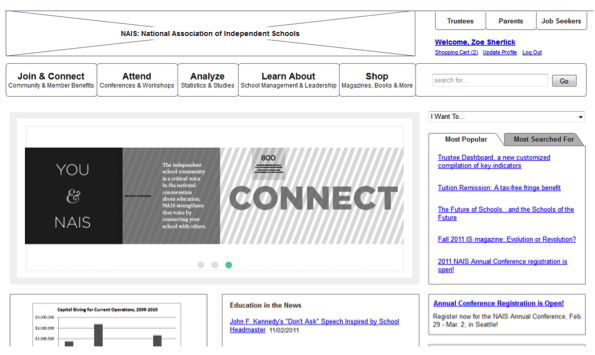For many organizations, the sales and marketing team operate within a completely separate circle to the product development teams, but they are closely linked by the financial/budget calendars as well as the product release cycles. In the majority of cases the sales and marketing activities tend to dictate the initial business requirements and product specifications, if not the product sprint and release cycles.
Rather than proposing some radical concept or changing existing practices, here are some reasons why the UX practitioner should consider collaborating with the marketing department more closely so that the company gains the maximum benefit from its research activities and budget.
Completeness of research
Marketing research is aimed at understanding customer/user perceptions (i.e. their ‘wants’), which is an important component of the overall user experience. Complementing this is the user study and research on the customer experience of the products and services (i.e. their ‘needs’). When you can align the customer perceptions with their experiences then you will have a much better chance of meeting their expectations, or go one step further by exceeding them. Unfortunately, we often see business requirements created from market research and products designed based on user research as a result of the marketing department and the UX team failing to align their goals and objectives.
Efficient use of time and resources
In the current age of shrinking budgets and limited resources, it makes sense to streamline and maximize the resources available on hand. Creating two separate processes (and potentially using completely different tools) for conducting research within the company means having to duplicate the efforts of recruiting users, running research studies, not to mention the time and effort spent analyzing the results, managing the information and having extra personnel/staff to do the work as well as co-ordinating and scheduling the activities involved. It also means having people from the UX area chasing up data from marketing and vice versa rather than sharing and integrating the customer information knowledgebase.
Sharing/transfer of knowledge
A large number of UX researchers and designers are primarily focused on the observed or recorded behaviour and responses of users in the context of the product or service that they are trying to deliver. However, having access to information about user perceptions on a wider range of subject matter can reveal valuable insights about how to create better product or service for the user. Traditional marketing research techniques and consumer database contain a wealth of knowledge that UX researchers can tap into for creating better personas and user profiles. Conversely, a better grasp of user behaviour studies can also help the marketing team create surveys and studies that tailor to their target audience more than generic or standardized survey questions.
Last, but not least, in this day and age when many of the key business decisions are being driven by companies competing on the basis of understanding and delivering on customer expectations, isn’t it time for companies to start sharing a vision for what they want to achieve for their customers, rather than how to achieve KPIs that may or may not reflect if their customers are truly happy and satisfied? This means that marketing teams should not being seeing UX as a blackbox, and the UX teams should stop thinking about marketing research as secondary to the product design and development process.
Only by understanding the benefits and values of customer research and testing across the organization can research and testing activities create the maximum value. And that is the best reason for marketing and UX teams to start testing together.
Michael Lai is a freelancing and consulting UX architect specializing in infographic and data visualization design. He has worked and consulted in various industries (hospitality, retail, IT, science, and engineering just to name a few) and covered many UX related roles (including user research, copywriting, training, graphic design, business analysis, and information architecture) to make sure he understands the important UX issues first-hand.
![]() Give feedback about this article
Give feedback about this article
Were sorry to hear about that, give us a chance to improve.






